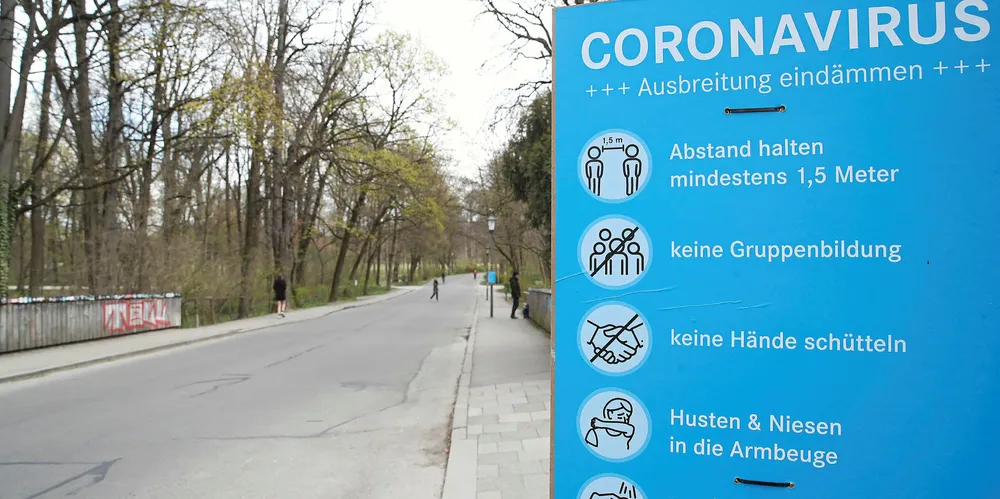Covid-19 pushes German quarterly renewable power share beyond 50% for the first time
Strong winds and above-average sunshine also contribute to 52% renewables share during the first quarter

Strong winds and above-average sunshine also contribute to 52% renewables share during the first quarter
